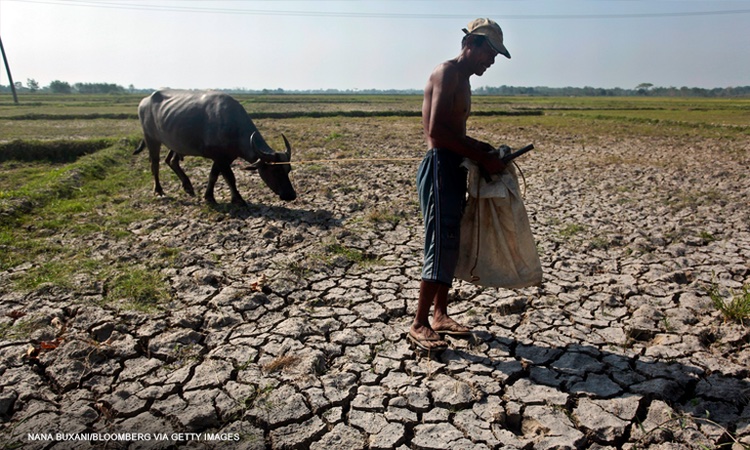The El Niño phenomenon, which brought severe droughts and substantial agricultural losses in the Philippines, has come to an end, according to the Philippine Atmospheric, Geophysical, and Astronomical Services Administration (PAGASA). On June 7, PAGASA announced that conditions in the tropical Pacific have returned to El Niño Southern Oscillation (ENSO)-neutral levels.
 El Niño, La Niña, and neutral are the three phases of ENSO, which the World Meteorological Organization (WMO) describes as a recurring natural phenomenon characterized by fluctuating ocean temperatures in the equatorial Pacific, coupled with atmospheric changes.
El Niño, La Niña, and neutral are the three phases of ENSO, which the World Meteorological Organization (WMO) describes as a recurring natural phenomenon characterized by fluctuating ocean temperatures in the equatorial Pacific, coupled with atmospheric changes.
Despite the transition to ENSO-neutral conditions, PAGASA expects that certain areas will continue to experience below-normal rainfall due to the southwest monsoon, or habagat. “The rainfall forecast for [June] suggests below-normal rainfall conditions will likely be experienced over Cagayan, CAR (Cordillera Administrative Region), and most of the western section of Luzon, while near-normal conditions are expected over the rest of the country,” the weather bureau stated.
In June, the provinces of Apayao and Cagayan may still face droughts, while Bataan, Pangasinan, Tarlac, and Zambales could experience dry spells. The Department of Agriculture estimated in May that the damage to agriculture and fisheries across 13 regions had reached P9.50 billion. More than 175,000 farmers and fisherfolk have been affected by El Niño in regions including CAR, Ilocos Region, Cagayan Valley, Central Luzon, Calabarzon, Mimaropa, Bicol, Western Visayas, Eastern Visayas, Zamboanga Peninsula, Central Mindanao, Davao Region, and Soccsksargen.
The El Niño episode, which began in the tropical Pacific Ocean in June 2023, evolved from weak to strong, with the WMO describing the 2023-2024 El Niño as “one of the five strongest on record.” From ENSO-neutral conditions, a transition to La Niña is expected between July and September, with a 69% likelihood according to PAGASA. The weather bureau had issued a La Niña Watch in early March, alerting the public to the potential occurrence of this phenomenon characterized by cooler-than-average sea surface temperatures in the central and eastern equatorial Pacific, leading to above-normal rainfall in the Philippines.
PAGASA urged all concerned government agencies and the general public to monitor the situation and take necessary precautions against impending climate impacts.
Source: https://mb.com.ph/2024/5/21/el-nino-s-damage-to-philippine-agri-reaches-p9-50-b-da